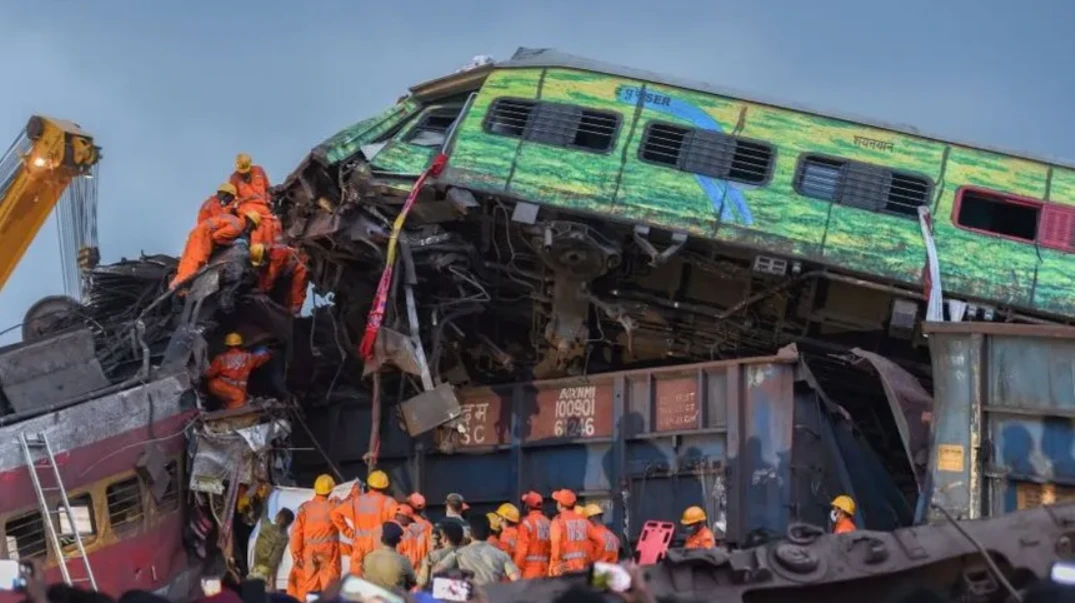New investigations point to a combination of human failure and technical error as reasons for the incident
Indian authorities on Sunday revised downward the death toll in last Friday’s rail disaster in the state of Odisha, where a multiple train crash has left at least 280 people dead and 1,175 injured due to a combination, the latest investigations say, of technical error in the signaling system and negligence by the people responsible for it.
“The death toll is 280, because it turns out that we have counted some bodies twice,” said Pradeep Jena, secretary general of this Indian state, near the east coast of the country. Of the dead, 88 have already been identified and of the 1,175 injured, 793 have already been discharged from hospital, he added in statements reported by the Indian channel News18, although it is not ruled out that the figure could rise again in the next few hours.
Meanwhile, the country’s Railway Minister, Ashwini Vaishnaw, has explained in recent hours that the new hypotheses of the incident point to a “change in the electronic interlocking system”, responsible for the movement of trains. According to the minister, the investigators have identified the people in charge of this system in order to find out who was responsible for this change.
For her part, the member of the board of the operations commission of the National Railway Board, Jaya Varma Sinha, gave more details on Sunday about the way in which the incident occurred, which she attributed almost entirely to the Coromandel express, the train affected by the above-mentioned “change” of signaling.
The express ended up jumping from the main track onto a secondary circular service line where it crashed at almost 130 kilometers per hour into a stopped freight train – and not previously derailed, as some Indian media reported shortly after the accident.
The express cars “jumped through the air” and ended up back on the main track. Another express was running there, the Yesvantpur express, two of whose cars crashed at approximately the same speed into the wreckage of the Coromandel, which ended up causing the mass accident. Some 2,000 people were on board both expresses.
The head also defended herself against criticism of the absence of the Kavach automatic stopping mechanism, used in India to stop trains in their tracks before any possible collision. “In this situation there is nothing that could have been done about it because there was not enough distance for the mechanism to have reacted,” she said.
She expects at least two railroad lines in the affected area to be back in operation by 20.00 (local time, around 17.00 in mainland Spain) thanks to the good pace of the repair work.

